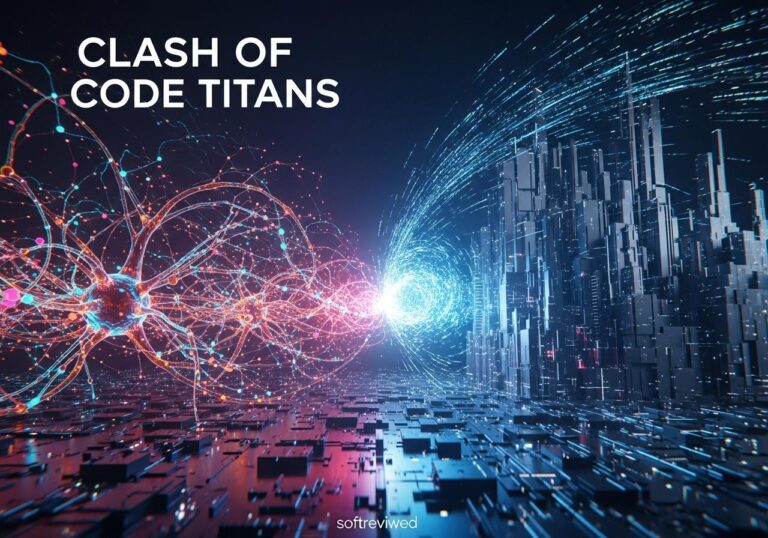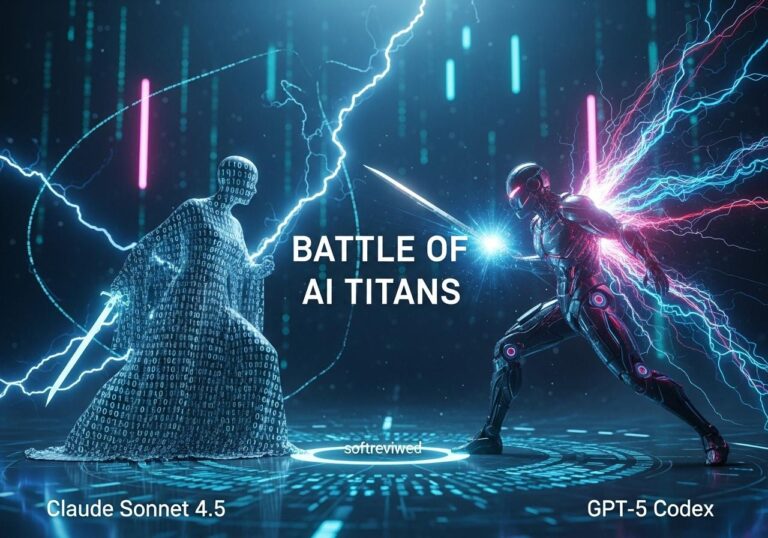China’s AI Ambitions & Semiconductor Advancements
How China is developing its AI capabilities and semiconductor technology in a rapidly evolving global landscape.
Domestic Semiconductor Push
China is accelerating development of domestic semiconductor technologies, including advanced chips like Huawei’s Ascend series, to reduce reliance on foreign suppliers.
AI Policy Framework
China has established comprehensive regulatory frameworks for AI development, including the 2022 Internet Information Service Algorithmic Recommendation Management Provisions.
Global AI Standards Influence
China is actively participating in international AI standards-setting bodies like ISO and IEEE, promoting its technical standards and governance approaches worldwide.
Research & Development Focus
Substantial investment in AI research centers and university programs has positioned China alongside the US as a global leader in AI research output and patent applications.
Technology Self-Sufficiency
China’s “dual circulation” economic strategy emphasizes technological self-reliance while maintaining international cooperation where advantageous.
Huawei’s Ascend AI Chip: Charting a Course for China’s AI Independence 🚀
The artificial intelligence (AI) landscape is undergoing a seismic shift, and at the heart of it lies China’s ambition for technological self-reliance. Huawei, a tech giant known for its innovation and resilience, is spearheading this drive with its Ascend series of AI chips. The Ascend chips, particularly the newly mass-shipped Ascend 910C and the upcoming Ascend 920, are poised to challenge Nvidia’s dominance in the Chinese AI market. This article explores Huawei’s AI chip strategy, the geopolitical factors fueling this technological race, and what it all means for the future of AI.
The Geopolitical Currents Shaping China’s AI Ambitions
The US government’s tightening export restrictions on advanced AI chips, including Nvidia’s H20, have created a significant void in the Chinese market. ⛔️ These restrictions, driven by concerns over the potential misuse of AI technology, have inadvertently spurred domestic innovation. As Nvidia faces limitations in supplying its top-tier chips to China, Huawei is seizing the opportunity to fill the gap with its Ascend series. This situation highlights how geopolitical tensions can reshape the tech landscape, accelerating the development of indigenous technologies.
Ascend 910C: Huawei’s Stepping Stone to AI Supremacy

The Ascend 910C represents Huawei’s current flagship AI chip, and it’s already making waves. With mass shipments beginning as early as May 2025, the 910C is being positioned as a direct alternative to Nvidia’s H20. But what makes this chip so significant?
Architectural Evolution, Not Revolution: Understanding the 910C
According to reports, the Ascend 910C isn’t a radical technological leap but rather an “architectural evolution.” It achieves its performance gains by combining two of Huawei’s existing 910B processors into a single package. This approach allows Huawei to leverage existing manufacturing capabilities and accelerate time-to-market.
Bridging the Performance Gap: How the 910C Stacks Up
While not a complete match for Nvidia’s top-end offerings, the Ascend 910C offers a compelling alternative. It reportedly delivers performance comparable to the Nvidia H100, offering double the computing power and memory capacity of a single 910B chip.
Here’s a quick comparison:
| Feature | Huawei Ascend 910C | Nvidia H100 |
|---|---|---|
| Computing Power | Comparable to H100 | N/A |
| Memory | Double that of 910B | N/A |
Ascend 920: The Next Generation Challenger Emerges
Looking ahead, Huawei is already developing its next-generation AI chip, the Ascend 920. Expected to enter mass production in the latter half of 2025, the Ascend 920 promises to further close the performance gap with Nvidia.
Power and Performance: Decoding the Ascend 920’s Potential
The Ascend 920 is expected to boast impressive specifications, including exceeding 900 TFLOPs per card and featuring a 4 TB/s memory bandwidth using HBM3 modules. Furthermore, its 920C variant, designed for Transformer and Mixture of Experts models, is projected to improve efficiency by 30% to 40% compared to its predecessor.
Overcoming Manufacturing Hurdles: SMIC’s Role in Huawei’s AI Ascent
Manufacturing these advanced chips requires sophisticated technology. While Huawei has historically relied on Taiwan’s TSMC, it is now increasingly partnering with China’s SMIC. SMIC’s ability to produce 7nm chips, even without access to EUV lithography equipment, is crucial for Huawei’s AI ambitions. This partnership demonstrates China’s growing capabilities in semiconductor manufacturing.
Beyond Chips: Huawei’s Holistic AI Ecosystem Approach
Huawei’s strategy extends beyond just designing and manufacturing AI chips. The company is building a complete AI ecosystem, including hardware, software, and cloud services.
CloudMatrix 384: Scaling AI Capabilities to New Heights
The CloudMatrix 384 is a prime example of Huawei’s system-level thinking. This AI cluster combines 384 Ascend 910C units, delivering a reported 300 petaflops of compute. While it consumes more power than Nvidia’s GB200 NVL72 system, the CloudMatrix 384 offers a powerful and domestically produced alternative.
Software Ecosystem: Bridging the CUDA Divide
One of the biggest challenges for Huawei is developing a software ecosystem that can compete with Nvidia’s CUDA platform. CUDA has become the industry standard for AI development, and attracting developers to a new platform requires significant effort. Huawei is actively working on its software stack and collaborating with AI firms like DeepSeek to enhance its capabilities.
How Does Grok-2’s Performance Compare to Huawei’s Ascend Chip in the AI Landscape?
Grok-2 demonstrates impressive performance in the AI landscape, particularly as it grok2 competes with openai and google. Its architecture optimizes processing efficiency, making it a strong contender against Huawei’s Ascend chip. As AI demands grow, the competition intensifies, pushing innovations and advancements in chip technology for advanced applications.
Expert Perspectives: Navigating the Shifting Sands of the AI Landscape
Industry experts offer valuable insights into the evolving AI landscape. Paul Triolo, a partner at Albright Stonebridge Group, notes that “The latest US chip controls Nvidia H20 will mean that Huawei’s Ascend 910C GPU will now become the hardware of choice for (Chinese) AI model developers and for deploying inference capacity.” This highlights the immediate impact of the US restrictions on Huawei’s prospects.
However, it’s important to acknowledge that Huawei still faces challenges. As Antonia Hmaidi, Senior Analyst at MERICS, points out, “Nvidia will likely maintain its dominance over China’s AI chip market in the foreseeable future. The demand for AI chips will only increase after legislators reaffirmed support for AI development at the National People’s Congress in March. However, Huawei cannot meet rising demand with its current production capacity due to US and Dutch export controls.”
The Road Ahead: Huawei’s Trajectory in the Evolving AI Arena
What does the future hold for Huawei and China’s AI ambitions? Several factors will shape the company’s trajectory.
Navigating Export Controls: A Catalyst for Innovation?
The ongoing US export controls will continue to play a significant role. While these restrictions present challenges, they also act as a catalyst for domestic innovation. As Huawei and other Chinese companies strive to achieve technological self-reliance, they are likely to develop unique solutions and approaches to AI.
Decoding the Long-Term Implications for the Global AI Market
The rise of Huawei as a competitor in the AI chip market could have significant implications for the global AI landscape. Increased competition could drive innovation and lower prices, benefiting AI developers and users worldwide. However, it could also lead to further fragmentation of the market, with different regions adopting different AI platforms and standards.
A New Chapter in AI Chip Competition? 🤔
Huawei’s efforts to develop and mass-produce its Ascend AI chips represent a pivotal moment in the global AI landscape. While challenges remain, the company’s commitment to innovation, coupled with the geopolitical forces at play, suggests that a new chapter in AI chip competition is unfolding. Whether Huawei can truly dethrone Nvidia remains to be seen, but its presence is undoubtedly reshaping the dynamics of the AI market.
To explore Huawei’s AI solutions further, visit their AI Solutions page.







